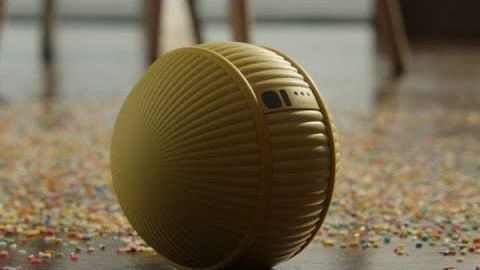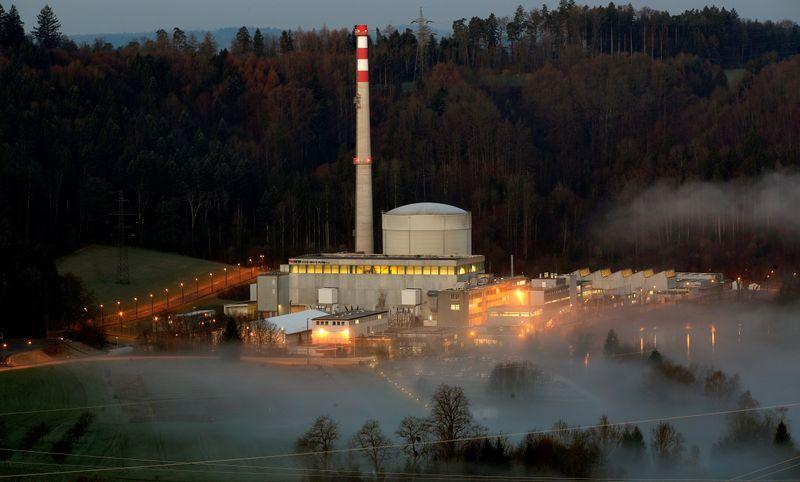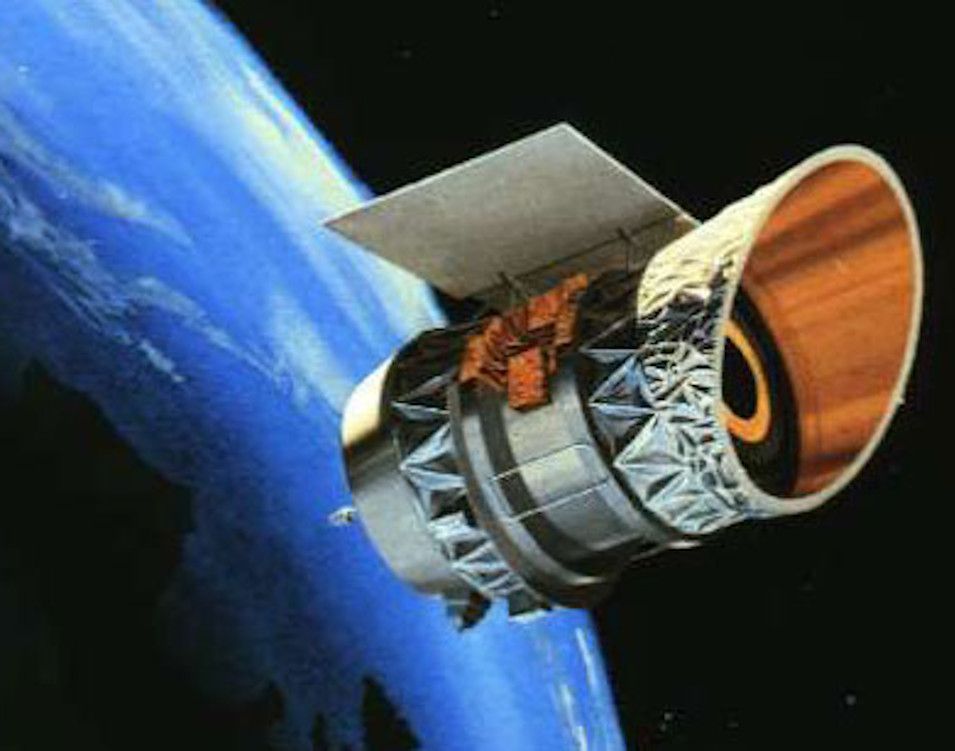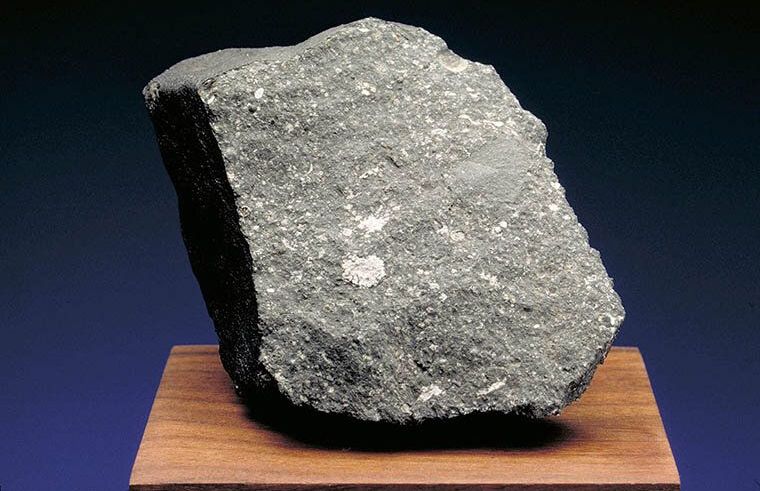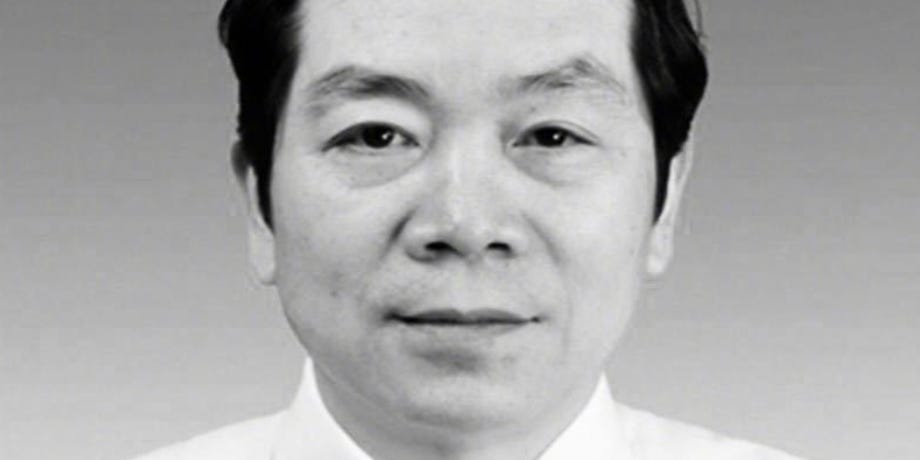Update January 29th, 10:10AM ET: SpaceX successfully launched its Falcon 9 rocket on time this morning, deploying all 60 satellites into orbit. The rocket also performed another landing on the company’s drone ship in the Atlantic after launch. While SpaceX did catch one half of the rocket’s fairing, the other half just missed its boat.
Original story: A week after performing a crucial test flight for NASA, SpaceX is poised to launch yet another Falcon 9 rocket from Florida. This mission is tasked with sending up the latest batch of internet-beaming satellites for SpaceX, adding on to the roughly 180 satellites the company already has in orbit.
Today’s flight is the fourth launch for SpaceX’s Starlink project, a massive constellation of satellites that aims to provide internet coverage to every point on the globe. SpaceX has permission to launch nearly 12,000 satellites and has expressed interest in launching 30,000 more. To fulfill its licensing obligations, SpaceX has to launch nearly 6,000 within the next five to six years. The company plans to launch up to 24 Starlink missions this year.



